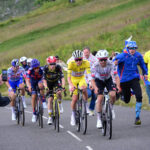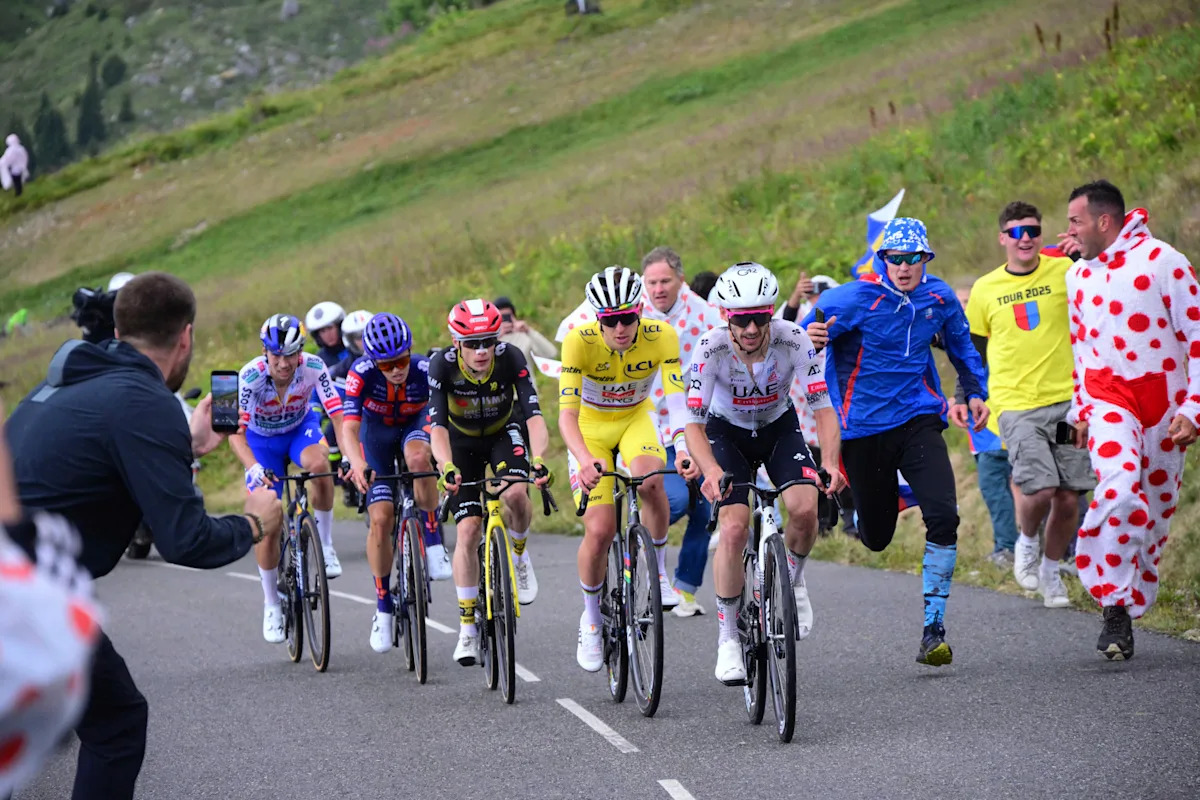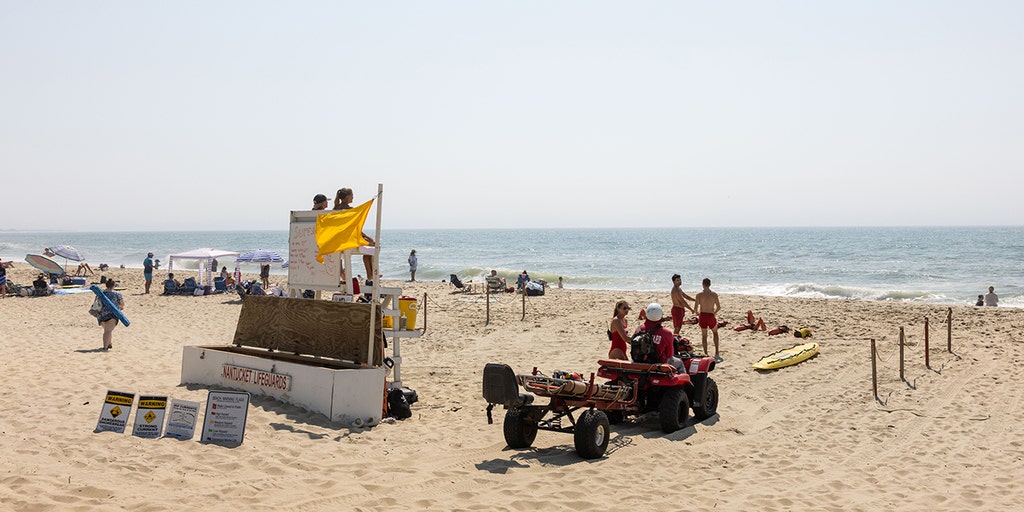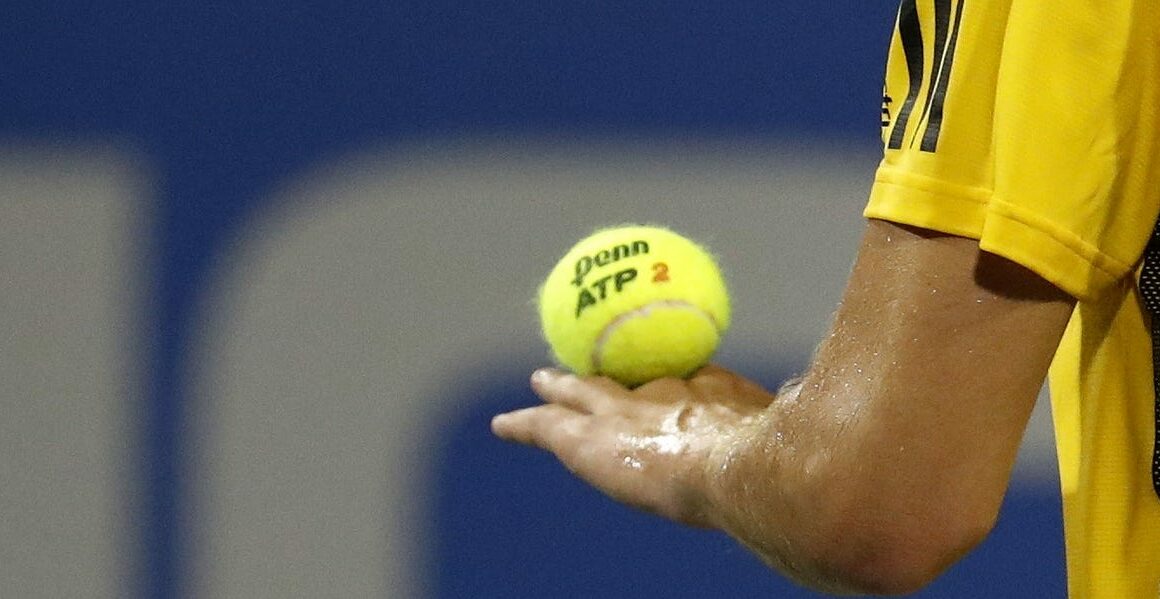Unexpected Detour: Tour de France Stage 19 Gets a Makeover
The 2025 Tour de France, a grueling test of endurance and strategy, faced an unexpected challenge. Stage 19, a highly anticipated mountain stage, was forced to undergo a significant modification. The reason? A contagious disease affecting cows along the original route. This unforeseen circumstance highlights the unpredictable nature of the race and the importance of adapting to external factors.
The Bovine Bottleneck: Why the Route Changed
The stage, initially slated to cover 129.9 kilometers (80.5 miles), was dramatically shortened to 93.1 kilometers (57.7 miles). This adjustment was necessary due to an outbreak of nodular dermatitis, or lumpy skin disease, in a herd of cows located near the Col des Saisies, one of the climbs on the original itinerary. The race organizers, ASO, in conjunction with local authorities, made the difficult decision to cull the affected animals. This decision, made in the interest of public health and to maintain the calm of the race, led to the modification of the route. The Col des Saisies, a key climb, was removed from the course, altering the strategic landscape of the stage.
The news of the shortened stage was met with a mixture of disappointment and understanding. While the riders and fans were eager for a full-throttle mountain stage, the safety of the animals and the integrity of the event were paramount. The decision to alter the route reflected a commitment to responsible event management and demonstrated a willingness to prioritize the well-being of all parties involved. The stage’s start time was also pushed back by an hour to 2:30 p.m. local time (1230 GMT), with the finish expected around 5:30 p.m. This adjustment allowed for the necessary logistical changes and ensured that the race could proceed safely and efficiently.
Pogačar’s Lead and Vingegaard’s Last Stand
Heading into the stage, Tadej Pogačar of Slovenia, a three-time Tour de France champion, held the overall lead. Hot on his heels was Jonas Vingegaard of Denmark, the two-time champion, who trailed Pogačar by 4 minutes and 26 seconds. Stage 19 was considered Vingegaard’s last realistic opportunity to overtake Pogačar and claim the coveted yellow jersey. The shortened stage added another layer of complexity to the race. Would it diminish Vingegaard’s chances, or would it present a new tactical opportunity? The revised course forced teams to reassess their strategies, and the riders to adapt to the altered terrain.
The race for the yellow jersey was undoubtedly intensified. The two rivals, Pogačar and Vingegaard, had engaged in a fierce battle throughout the mountain stages. Vingegaard and his Visma–Lease a Bike team had been unable to take significant time off Pogačar in the previous mountain stages. The shortened stage created new scenarios for attacks and counter-attacks, putting extra demands on the riders’ physical and mental resources. This dynamic made the race more fascinating for fans worldwide.
The Race Continues: A Test of Endurance and Adaptation
Despite the disruption, the Tour de France pressed on, showcasing the resilience of the athletes and the spirit of the competition. The incident served as a reminder of the unexpected challenges that can arise in major sporting events. While the shortened stage presented a setback to some, it also highlighted the importance of adaptability and the ability to overcome adversity. The race continued, offering a captivating spectacle of athleticism, strategy, and determination. The riders were now faced with a new challenge: to navigate the modified course and make their mark on this memorable edition of the Tour de France. The story of Stage 19 became a testament to the unpredictable nature of the sport and its ability to evolve and adapt.
In Conclusion: A Tour Marked by Unexpected Turns
The 2025 Tour de France continues to unfold with its usual blend of drama and excitement. The unexpected shortening of Stage 19, due to an outbreak of cow disease, adds another layer of intrigue to the race. It is a testament to the unpredictable nature of the sport and the necessity of adapting to unforeseen circumstances. With Pogačar in the lead and Vingegaard pursuing, the final stages promise to be a thrilling display of athleticism and strategy. The revised route has created new tactical opportunities, ensuring the remaining races of the Tour de France will be full of twists and turns, and the fans will be on the edge of their seats.











